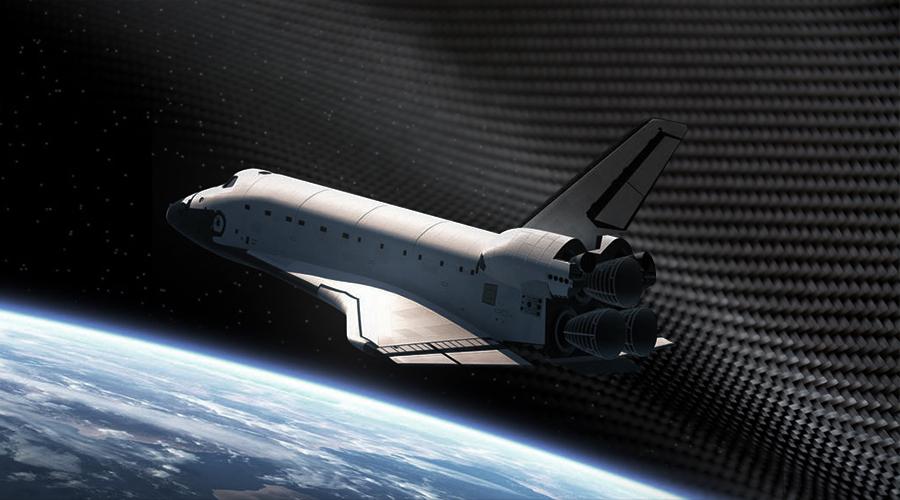Aerospace
Instruction
High-performance fiber materials application on Aerospace
With the rapid development of the aviation industry, fiber materials and their various products are widely used in the aviation field. In addition to the aircraft interior parts (such as passenger aircraft seat covers, carpets, isolation curtains, etc.) that people can feel specifically, there are two main categories of aviation fiber materials and products that are not easily accessible: the first category is aircraft (mainly Aircraft) composite materials for their own structural parts; the second category is all kinds of aviation supplies whose main body is mainly directly processed from fibers and their textiles, mainly used for parachutes, personal protective equipment, ejection seats, aircraft arresting devices, air targets and Textile materials for balloons, etc.
Different from other civil or industrial materials, aerospace composite materials must meet a series of very demanding performance requirements. The main performance characteristics are:
(1) It must have high strength and high modulus while being light in weight;
(2) It can be used stably for a long time under harsh environmental conditions (such as heat resistance, solvent resistance, weather resistance, water resistance, etc.);
(3) When compound processing, strict molding conditions must be met;
(4) There are many varieties, but the output of the same variety is small and the cost is high. Most of the fiber raw materials used in aerospace composite materials are high-performance fibers (or high-tech fibers).
The strong fiber stainless steel fiber, PBO fiber, aramid fiber and its products are one of these high-performance fiber materials, which can be effectively used in pilot protective clothing, anti-electromagnetic radiation function, aviation personal protective equipment, compensatory clothing and anti-g clothing, etc. Equipment, ejection seats and various filter equipment applications

